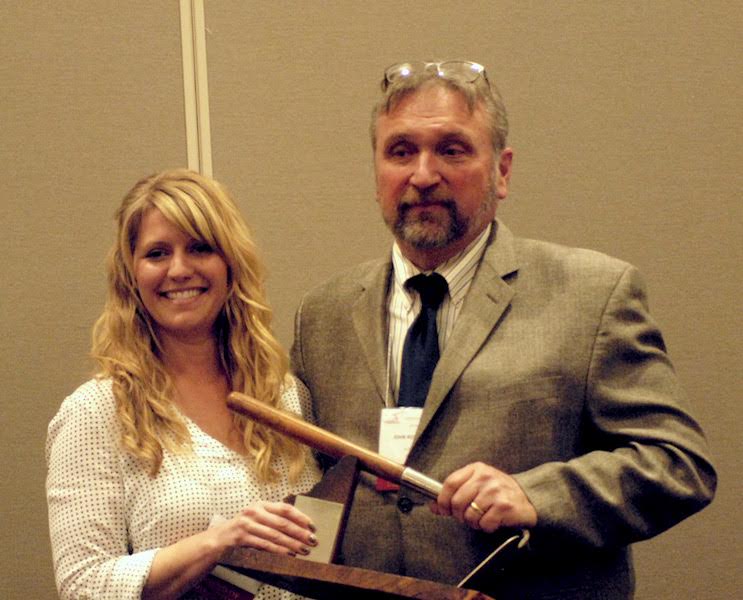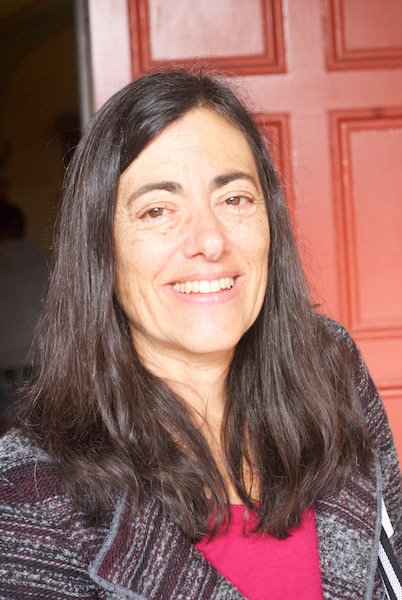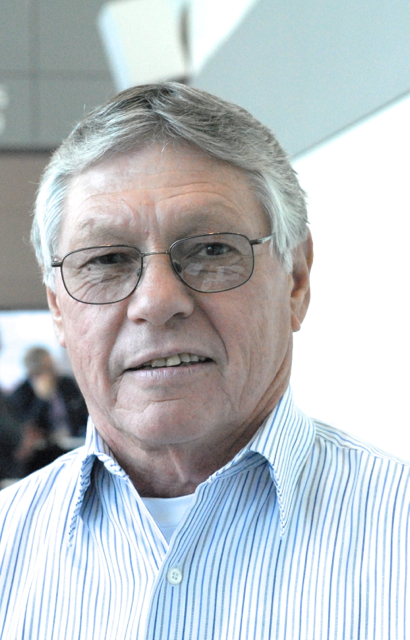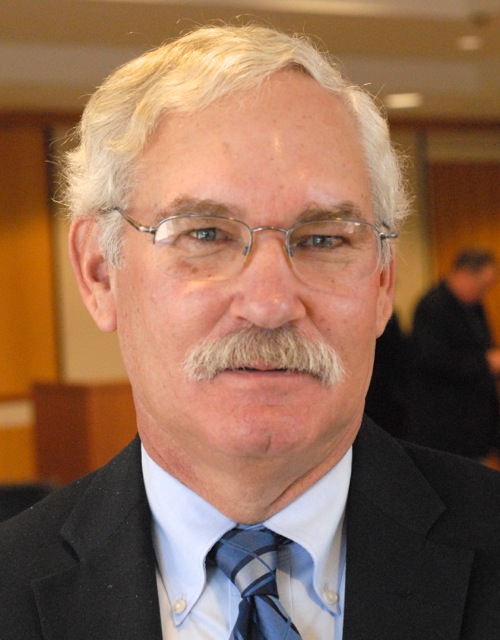California Weed Science Society Meeting
California Weed Science Society Meeting
By Charmayne Hefley, Associate Editor
The California Weed Science Society (CWSS) held their annual meeting in Sacramento from January 13-15, 2016. The meeting fostered collaboration between Pest Control Advisors (PCAs) and farmers as they gathered to learn the newest innovations in weed science.
John Roncoroni, weed science farm advisor for the UC Cooperative Extension in Napa County, as well as the outgoing CWSS president, said four Fresno State students gave presentations at the meeting on their research. “We’ve had really great student participation—the amount of student scholarships we’ve given is up this year, the posters, the students and our attendance this year is up,” Roncoroni said. Pre-registration was about 530 people.
 Roncoroni suspects that rain pushed people to attend, “because—with that rain—we’re looking at more weeds this year. So people are looking for the newest information on weeds. This year’s conference really has done a really good job of putting that information together. Kate Walker, our program chair, has really done a fine job of putting together a great program.”
Roncoroni suspects that rain pushed people to attend, “because—with that rain—we’re looking at more weeds this year. So people are looking for the newest information on weeds. This year’s conference really has done a really good job of putting that information together. Kate Walker, our program chair, has really done a fine job of putting together a great program.”
Kate Walker, technical service representative for BASF Corporation, is also the new, incoming CWSS president.
________________________
Links:
California Weed Science Society (CWSS)
The CWSS recently updated its published textbook, Principles of Weed Control, 4th Edition, that focuses on the applied aspects of weed control. The purpose of this textbook is to provide access to the fundamental principles and concepts of weed management in California. The book is designed for use at the college level by students who have an interest in pursuing a plant science or associated background of course work. It is also a useful resource for individuals studying to become PCAs and applicators or for consultants who work in weed science. For more information, go to the CWSS website Publications page.

























